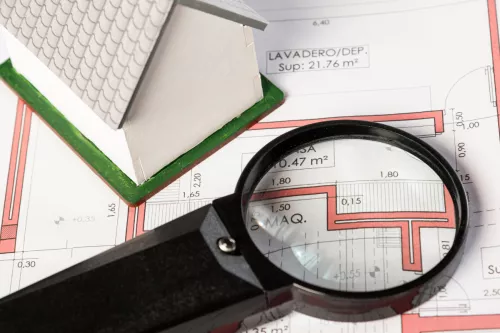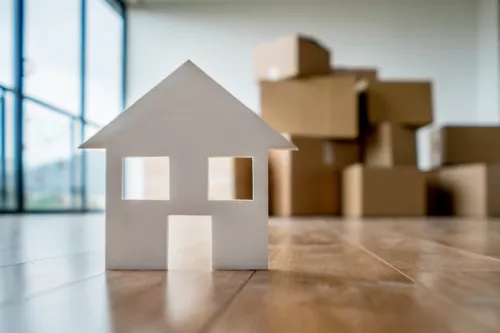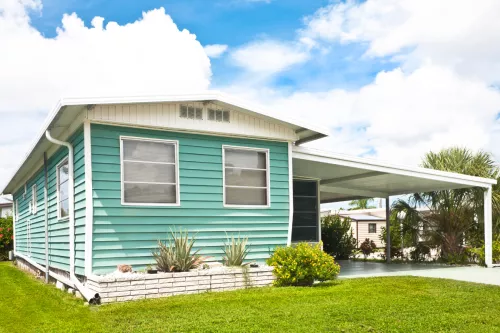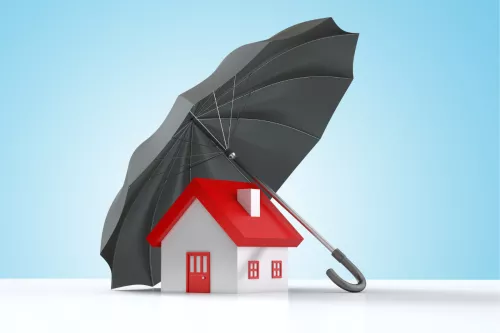When looking at homes, both prospective buyers and current homeowners often overlook the importance of the ground beneath them, especially when it comes to the presence of a crawl space. It's an area worth paying attention to during home tours.
The term "crawl space" comes from the fact that it's too low for standing upright, necessitating crawling for access. This foundation type is adept at hiding essentials like plumbing, HVAC systems, and electrical wiring.
For a crawl space to be effective, it must meet three key criteria: providing structural support to the building above, serving as a shield against soil and moisture vapor, and preventing groundwater infiltration.
The Purpose of a Crawl Space

Crawl spaces were initially crafted as a protective layer to elevate homes and their occupants above damp soil, a concept that gained traction for its dual benefit of moisture isolation and as an ideal spot for utility and HVAC ductwork, aiding in the efficient distribution of air throughout the dwelling.
This architectural feature is predominantly chosen for its cost-effectiveness and accessibility; by raising the home's foundation off the ground, it circumvents the expensive earthwork required for a flat slab foundation, especially on sloped land.
Moreover, crawl spaces offer a practical advantage by providing easy access for the installation, upkeep, and future modification of essential home systems like heating, plumbing, and electrical circuits, thereby streamlining home maintenance and modifications.
The Benefits of a crawl space
A crawl space offers notable financial advantages over a basement due to its lower construction costs, presenting an economical choice for many property owners. It also provides convenient access to critical home infrastructure like electrical and plumbing systems, simplifying maintenance and allowing for easier updates or reconfigurations, particularly in kitchen and bathroom areas.
Additionally, the insulation and ventilation typically found in crawl spaces contribute to warmer floors, a benefit in regions with specific soil types that could pose moisture challenges to other foundation types. The raised design of crawl spaces aids in simpler pest inspections and offers some storage capacity, though caution is advised to avoid moisture-related complications.
The Drawbacks of a crawl space
Effectively insulating crawl spaces, especially in humid areas, poses significant challenges and can lead to problems such as mold growth and rodent infestations due to poor insulation. Moreover, crawl-space foundations do not measure up to slab foundations in terms of energy efficiency, often resulting in higher costs for heating and cooling the home.
The issue of moisture buildup in crawl spaces further complicates matters, as it can cause mold, mildew, wood decay, and attract pests, jeopardizing both the home's structural integrity and indoor air quality, and potentially impacting residents' health.
To counter these problems, it's crucial to maintain crawl spaces diligently by ensuring adequate ventilation, installing moisture barriers, and conducting regular checks to prevent these risks.
Does crawl space attract bugs?
The damp and humid environment typically found in crawl spaces serves as a perfect breeding ground for various pests, including roaches, spiders, termites, mice, and rats. The excess moisture not only attracts these creatures due to the availability of water but also provides them with a dark and secluded habitat.
To mitigate the risk of infestation and potential structural damage, it's crucial to adopt preventative measures. These can include sealing off entry points to the crawl space, improving ventilation to reduce humidity levels, and applying moisture control strategies to keep the area dry and less inviting to pests.
Types of Crawl Spaces
There are mainly two kinds of crawl spaces: those that are ventilated, also known as open, and those that are sealed, often referred to as conditioned. The ventilated variety features vents in the foundation walls to promote airflow, with the intention of avoiding the accumulation of moisture by allowing external air to pass through.
Yet, in areas with high humidity, this approach can inadvertently raise the moisture levels within the crawl space, which might result in problems such as the growth of mold and the attraction of pests. The task of insulating these ventilated spaces can present difficulties, especially around the HVAC systems, plumbing, and electrical wiring.
People also ask
Can I use my crawl space for storage?
While tempting, using a crawl space for storage should be approached with caution. Items stored in this area can be susceptible to moisture damage, and the weight of stored goods could potentially affect the structural supports. If you must use it for storage, ensure that the area is well-sealed and moisture-controlled, and only store items that are not sensitive to temperature and humidity changes.
How can I maintain my crawl space?
Regular maintenance of your crawl space is crucial for preventing moisture-related issues and ensuring the longevity of your home's structure. This includes installing or checking vapor barriers, ensuring proper ventilation or sealing, inspecting for pests regularly, and keeping the area clear of debris that could block air flow or harbor moisture.
Could crawl space issues affect my health?
Yes, problems in your crawl space, such as mold growth and poor air quality, can seep into your living spaces, potentially leading to respiratory issues and other health concerns. Keeping your crawl space clean, dry, and well-maintained is essential for safeguarding the health of your home and family.

 Marcio Vasconcelos
Marcio Vasconcelos





